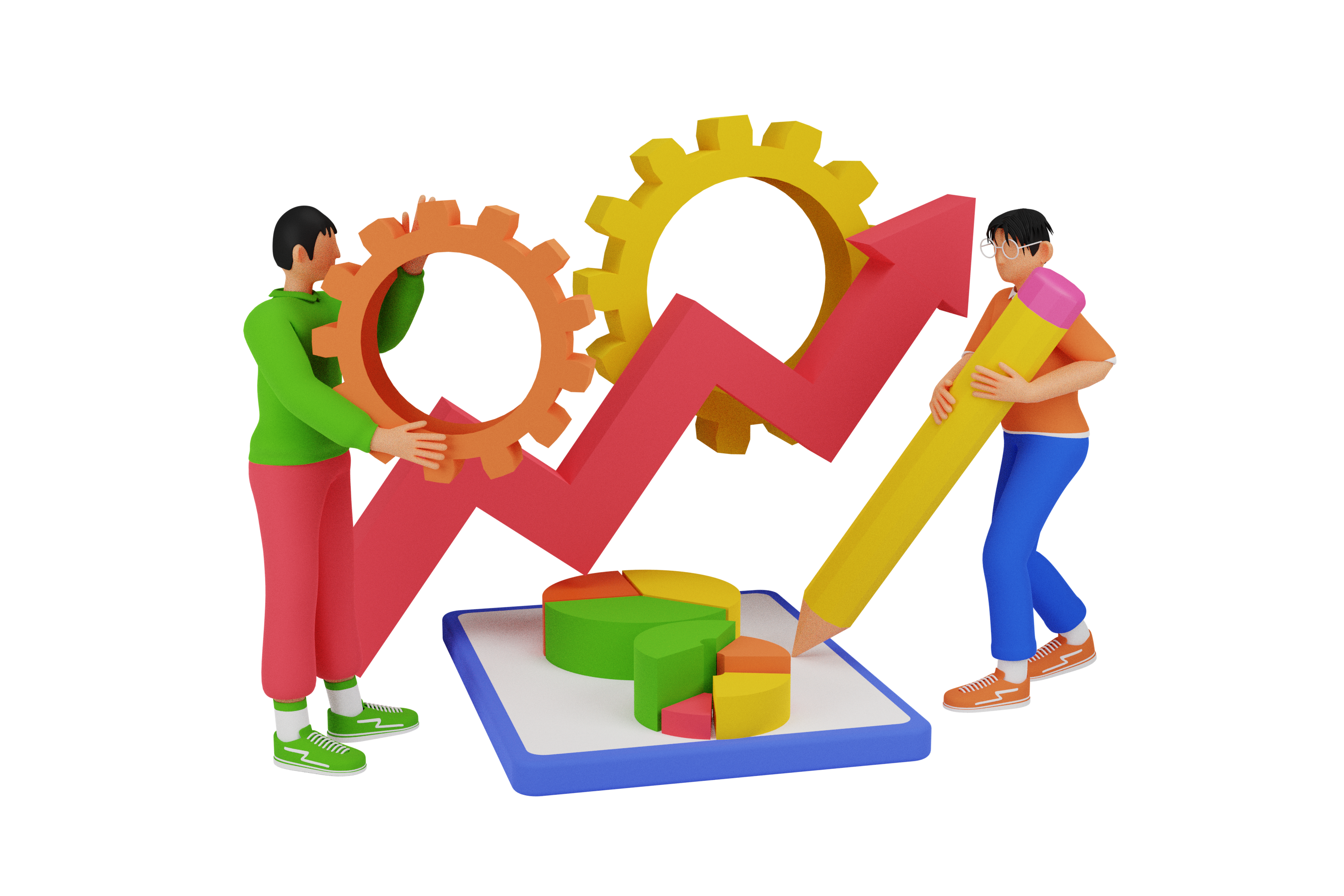
Customer service with artificial intelligence (AI) isn’t a new notion. Harnessing AI’s entire potential has been a hot topic in the customer experience sector for years, but it’s notoriously difficult to do right.
Depending on how AI was developed and how well it learnt from previous contacts, customer-bot interactions can range from absolutely fantastic to brand-damaging. Today’s consumer expects personalised digital experiences as a basic minimum—experiences in which marketers learn their preferences based on previous activity and adjust future interactions to their choices.
3 way to effectively use AI in CX
- Start by automating the right kind of queries.
- Teach your bot to study successful agent-customer interactions to improve accuracy.
- Don’t forget to utilize agent-assistant bots, too
Start by automating the right kind of queries.
When most people think of AI bots, they envision them answering simple inquiries like “What is your return policy?” or “What are your hours today?” Human agents are preferred for questions that are more user-specific (for example, “When will my order arrive?”). This perception, however, is inaccurate; bots can now answer these questions.
How? By interacting with order management systems and helpdesks, they may actively collect customer data from CRM platforms and provide granular visibility into user queries. When a customer requests an ETA on an order, the bot simply accesses the order management system’s database and responds with an exact response. Bots can be trained to learn from previous interactions, but they are unable to do it on their own. You must put up the effort to create use-cases and frequently-asked queries that are specific to your company.
Teach your bot to study successful agent-customer interactions to improve accuracy.
Who better to study than the rockstars you hired for your team when it comes to learning how to provide great customer service?
Your bot will become smarter as it learns from your expertise. Your AI bot can reply with increased accuracy by researching successful agent-customer interactions from your top performers. Even for the most confident CX teams, leaving your bot to its own devices—educated, yes, but still on its own—can be nerve-wracking. Setting up a deflection team to monitor, handhold, and improve your bot’s initial performance can be quite beneficial to your company in this situation. Consider your deflection team to be the cheering section for your bot.
Teach your bot to study successful agent-customer interactions to improve accuracy.
Customer-facing AI bots are all the rage and garner a lot of attention, but agent-facing bots have a role in the CX industry as well. Everyone wishes that the more routine and administrative aspects of their professions might be automated, allowing them to spend more time doing what they enjoy.
Agent-facing bots’ capabilities, such as ticket classification, automatic ticket routing, and appropriate article suggestions for next steps, can save your agents a lot of time. Time delays and internal customer call transfers can be avoided by routing specialised tickets to the correct agents—who have the skills to assist customers with their queries—saving agents roughly 1.2 hours per day and positively improving CSAT scores.
It’s impossible not to be thrilled about agent-facing bots collaborating with customer-facing bots when one-third of customer service leaders say that establishing specialised digital platforms to help customer-facing teams perform better is a top digital investment objective.


